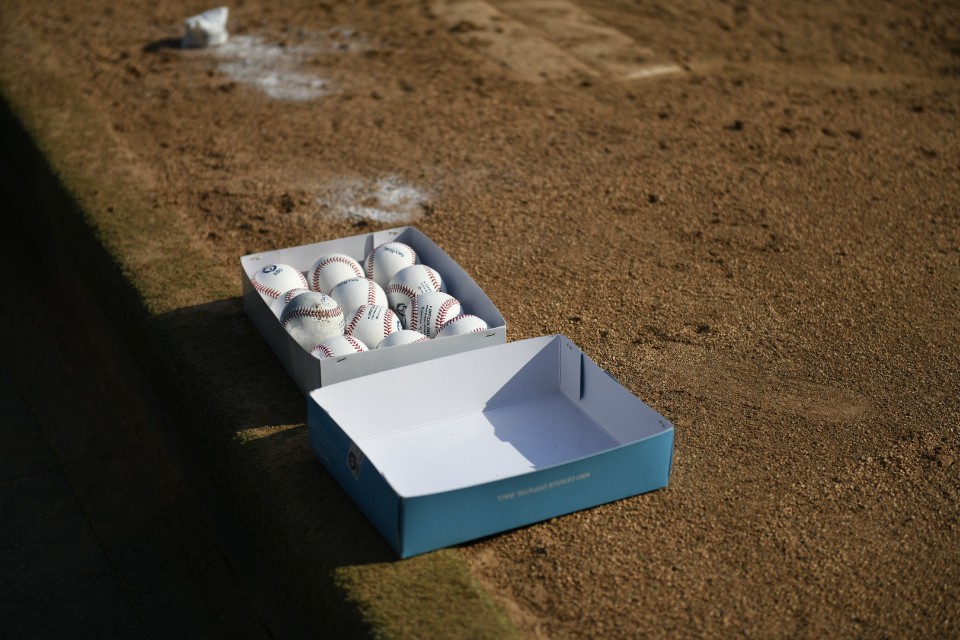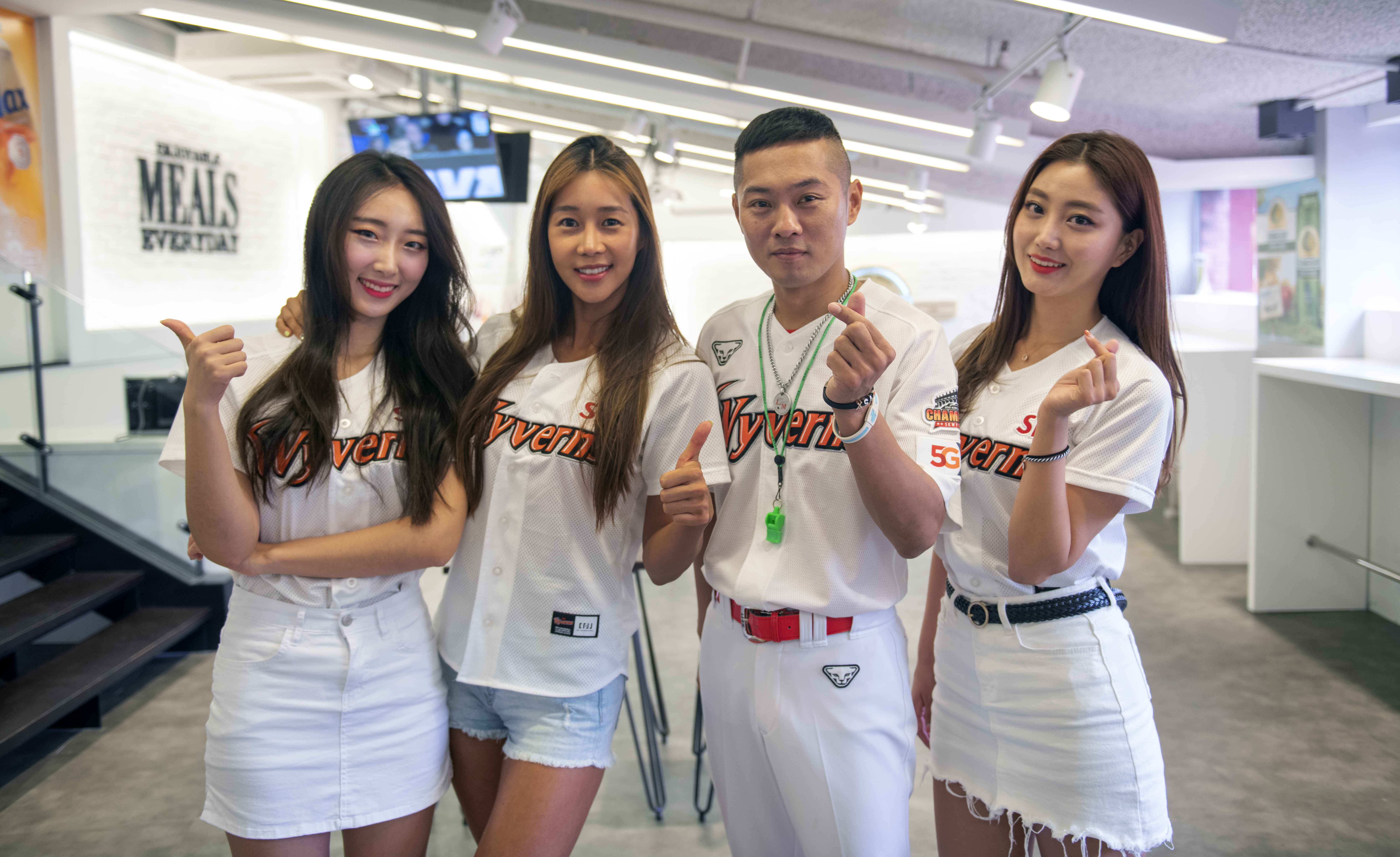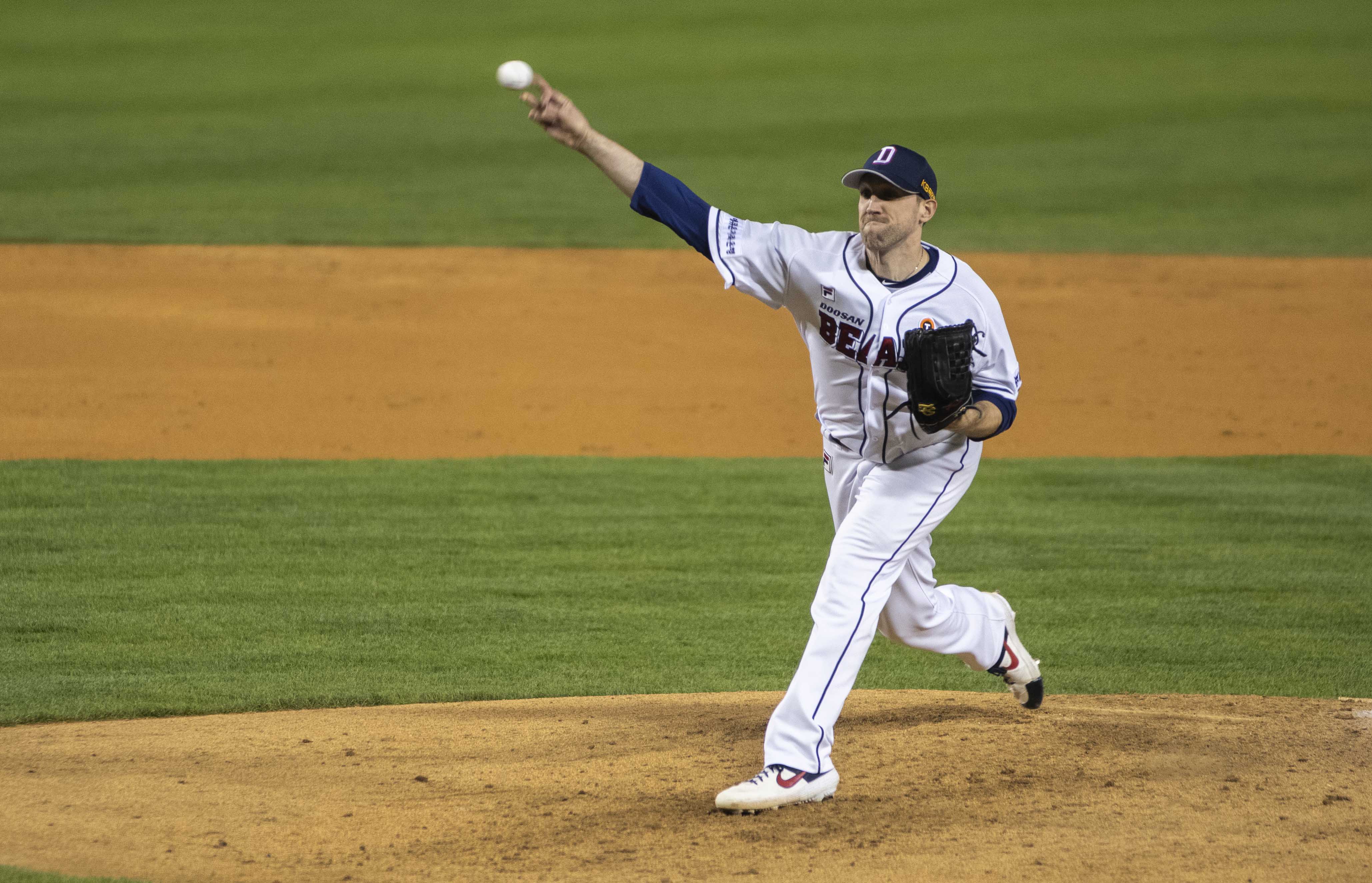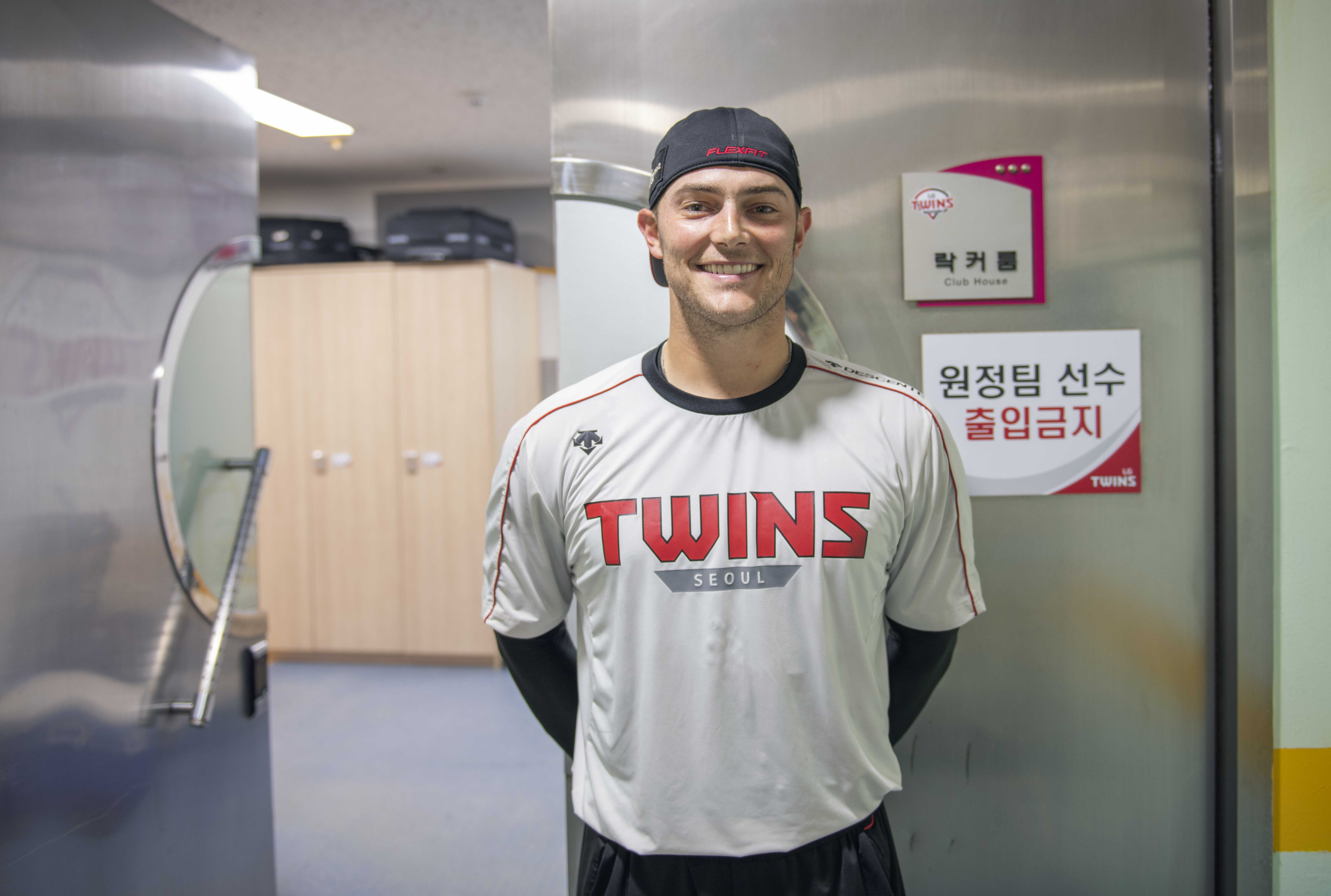Get to Know the KBO, Part One
The Korean Baseball Organization’s May 5 Opening Day is mere days away, and with 10 teams, the league has a lot of players to learn in a short time if you want to know who you’re watching (assuming a broadcast deal gets worked out).
Luckily, knowledge of Major League Baseball will help out here. Each team is permitted two foreign-born pitchers and one foreign-born batter, and those players are almost always former prospects or fringe big leaguers. If you want to know who to watch in the KBO, players whose names you recognize from bullpen shuttles or part-time fourth outfielder roles are a good way to get started. Today and tomorrow, I’ll profile the foreign-born players on each KBO team. That’s a lot of players, so let’s get right to it, starting alphabetically and working our way through the teams.
Doosan Bears
Chris Flexen: You might know Flexen as an up-and-down Mets reliever. Over parts of three seasons, he pitched 68 not-so-great innings for the Queens club, racking up an 8.07 ERA and 6.92 FIP. That doesn’t sound inspiring, but it’s a tiny sample, and he was at times quite good in the minors. In 2017, he threw 60 innings between Hi-A and Double-A and was tremendous.
When his game was slow to translate to the majors, he revamped his fastball, and things didn’t work out. He added nearly 2 mph, but it came at the cost of sacrificing his two-seamer and losing his grasp of the strike zone; he got only 48.1% of his fastballs over the plate in 2019, which led to an 18.6% walk rate. He’ll look to get back to what worked for him in the minors, a mix of sinkers and an upper-80s slider, with the Bears.
Raúl Alcántara: Alcántara, like Flexen, had a brief cup of coffee in the majors before heading to Korea. Unlike Flexen, he went last year — he signed a one year deal with the KT Wiz. He was essentially a league average pitcher in 2019, and he did it by flooding the zone and daring batters to hit it. His 3.8% walk rate and 13.8% strikeout rate (the league averages are around 8% and 17% respectively) should tell you everything you need to know — he’s basically the KBO’s Kyle Hendricks. With a mid-90s fastball and a cutter/changeup combo to bracket it, he showed enough that the Bears signed him this offseason. Read the rest of this entry »




